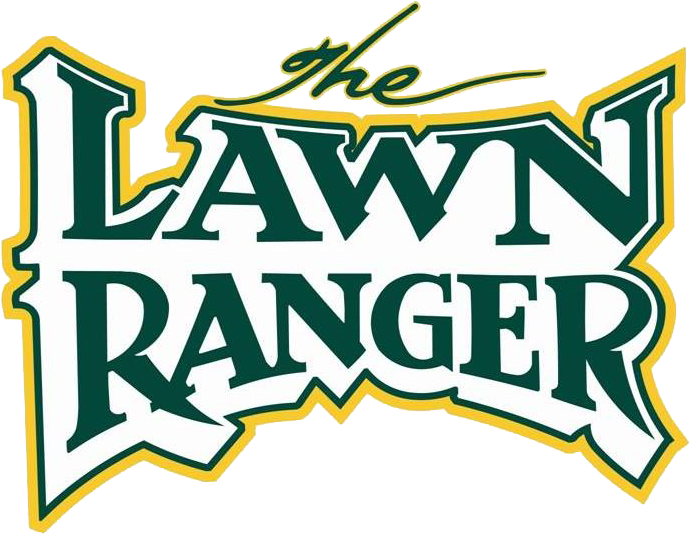Overseeding helps ensure that your lawn stays thick and dense.
If your lawn has thinned, this overseeding will make it thick again. Overseeding also makes your lawn disease resistant.
Overseeding ensures a thicker lawn by compensating for the turf’s natural growth decline. The process is very delicate and strenuous. Only small areas of the lawn can be overseeded at a time. Spring is the ideal time for overseeding in our area. The overseeding process is relatively simple:
- The Lawn Ranger uses a bagged mower at its lowest setting to cut the grass as short as possible.
- Then the turf is scraped using a landscape rake to reach the soil. This allows the seed to make direct contact with the soil. We remove all of the raked debris and apply the appropriate amount of seed to the bed of soil and grass stubble.
- Watering is the next and most important step. If the seed becomes dry, germination declines rapidly. This is why homeowners must water the overseeded area twice a day for two weeks.
Several overseeding benefits:
- Thicker lawn.
- Greener grass.
- Reduces thatch.
- Lowers risk of turf disease.
- Breaks up compacted soil.
- Allows sunlight and moisture to reach the turf's roots.
A thicker, healthier, and greener lawn will result in the coming months after overseeding.

